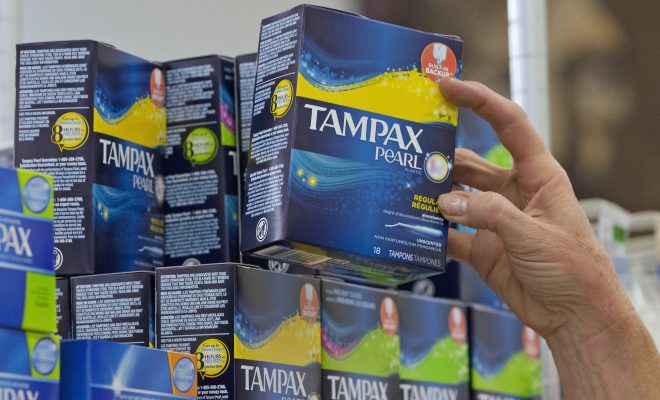Tampon Shortage Affects Availability of Popular Brands

Introduction:
The recent tampon shortage has left many consumers feeling stressed, as the availability of popular brands has become increasingly scarce. This article examines the causes behind this shortage and its impact on the market and consumers.
Causes of the Shortage:
Several factors have contributed to the current tampon shortage. These include:
1. Supply Chain Disruptions: The COVID-19 pandemic has caused significant disruptions in the supply chain, leading to production delays and difficulties in securing raw materials. This has directly impacted the availability of tampons, limiting supplies, and ultimately causing stockouts.
2. Increased Demand: Uncertainties surrounding the pandemic have led to bulk purchases and stockpiling behavior among consumers. This panic-buying has resulted in a surge in demand for tampons and other personal care products, amplifying supply issues.
3. Manufacturing Challenges: Some major manufacturing facilities of tampons have faced temporary closures or reduced capacity due to COVID-19 restrictions, further contributing to the supply strain.
Impact on Consumers:
The tampon shortage has had far-reaching consequences for consumers that depend heavily on these essential products:
1. Limited Choice: With popular brands being harder to find, consumers may need to resort to using alternative or less-preferred products which can lead to discomfort and dissatisfaction.
2. Higher Prices: The imbalance between supply and demand has resulted in an increase in prices for available tampons, making them less affordable for many people.
3. Inconvenience: Frequent store visits may be required due to stockouts, leading to considerable inconvenience for consumers.
4. Health Concerns: As tampons play a crucial role in maintaining menstrual hygiene, difficulty in sourcing these products during a time of increased health awareness has caused heightened stress levels among affected individuals.
Solutions and Coping Strategies:
To alleviate some of the difficulties caused by this shortage, various solutions and coping strategies can be adopted:
1. Alternative Products: Consider using alternative menstrual products, such as menstrual cups or reusable cloth pads. These are often environmentally friendly and can be more cost-effective in the long run.
2. Shop Online: E-commerce platforms may have a broader range of brands and stock available for purchase, making it easier to source preferred products.
3. Community Support: Reach out to local community groups and organizations that distribute menstrual products to those in need, or consider starting a donation drive of your own to help others who are impacted by the shortage.
Conclusion:
As the tampon shortage continues to affect the availability of popular brands, it is essential for manufacturers, retailers, and consumers to work together in addressing this challenge. Exploring alternative menstrual products and shopping options can alleviate some of the difficulties faced during these trying times. Similarly, community support can play a vital role in ensuring that everyone has access to essential menstrual hygiene products.




